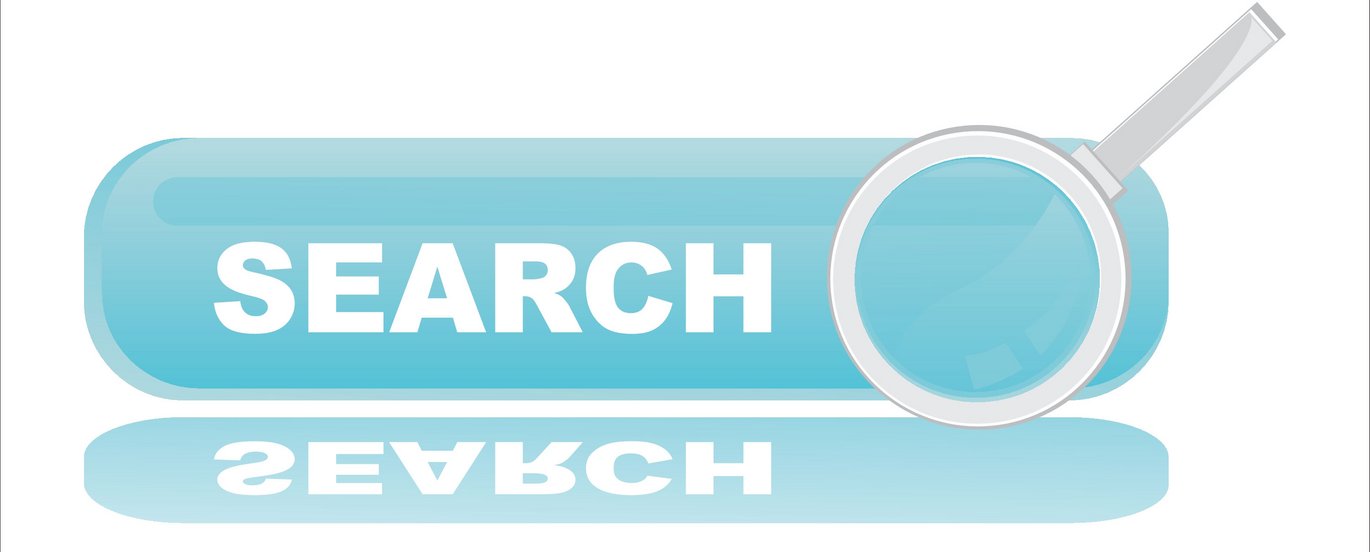Are you finding what you are looking for on the AU website?
Do you normally use Google to navigate the AU website rather than AU’s own search function? If so, you should know that you are not the only one. And that is exactly why AU Communication is currently busy testing and improving the search function. This page gives you information on how the search function works, why it works and what you can do yourself to make it work.

On average, there are 30 searches per minute via the search field in the upper right hand corner of all AU websites. However, while many find what they are looking for, there are also a lot of people who turn to Google instead. Therefore, AU Communication has launched a project to test the search function and assess whether it needs to be altered or improved, and if so, whether it is the technology or the design that needs to be changed.
How does the search function work and why?
When you do a search, you will be shown the results from the domain you are currently browsing. If, for example, you search the words “studievejledningen” (student guidance) on the Department of Psychology website, you will only get results from this particular department’s website. This applies in all instances, no matter which AU website you are browsing.
Back in the day, it was decided that the search field had to have a rather “narrow” search function in order to give people search results from the particular field or web area that they move in - and not a lot of unrelated information. Thus, searching the word “studievejledningen” will yield 9 results on the Department of Psychology website and 11,600 search results if you select the tab “All content.”
With more than one million pages on the AU website, it was assumed that students and employees would primarily want to browse their own department sites and would want search results from those sites in particular. But now, through user testing and surveys, AU Communication will assess whether the function needs to be reviewed and revised .
Google technology but not a Google search
There is a certain irony to the preference of using Google rather than the AU search function, because the AU search function is actually a piece of Google technology, namely the so-called Google Search Appliance. However, this does not mean that searching the AU website is equivalent to doing a Google search.
As mentioned above, the difference is that on the AU site the search is limited to the domain you are currently browsing. Moreover, AU Communication can provide “suggested search terms.” In a drop-down menu you will be able to see certain common search terms - just as you may know from the paid placements in the Google search engine. The idea is for you to be able to control the minimum of pages presented to you when you search one of the most common keywords.
Search specifically and “All content”
If you are not searching for one specific news piece, publication or person, and your search does not immediately yield the desired results, you can select the tab “All content.” By doing so, you expand your search to all AU sites. However, it does require you to search more specifically, e.g. by supplying more keywords, which will allow you to narrow your search.
Are you pleased, disgruntled or dissatisfied?
The first step in the project of developing the search function is giving the users the opportunity to rate their searches on a smiley face scale. This will provide insight into the current level of satisfaction and form a basis for comparisons with surveys done six months or a year from now.
Moreover, through a questionnaire and ensuing user tests and interviews it should be possible to establish what the users want and require from the search function. The project is expected to run until the end of the year.
Further information
Communications Officer, Rasmus Stensgaard
AU Communication
Tel.: 8715 3049
Email: rst@adm.au.dk